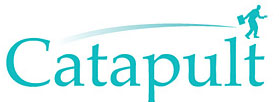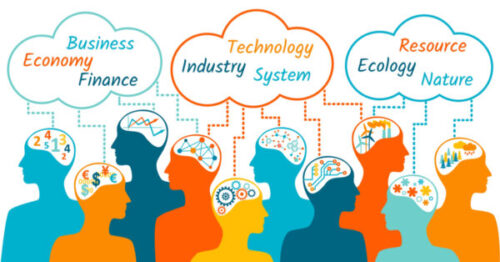Consciously or unconsciously there is a tendency for managers to attract, recruit and retain talent in their own image. This is known as Similarity Bias.
Recent studies demonstrate the cost of a lack of diversity to industry. In his book ‘The Inclusion Imperative’, Stephen Frost (Head of Diversity and Inclusion for the 2012 London Olympic Games) states that “discrimination against women, homosexuals and disabled people is estimated to cost $64bn a year in the US alone”.
What is needed is an objective approach that allows selection of thinking diversity, irrespective of the body it comes in. As Deloitte’s “Only skin deep?” 2011 report says, “it is not enough to create a corporate version of Noah’s Ark bringing in ‘two of each kind’.
Addressing the Diversity Gap…
Alison Paul, Vice Chairman and US Retail Leader at Deloitte sums up where organisations can see results from diversity in thinking styles:
When diversity of thought is really valued, promoted, encouraged, talked about and shared, it enriches not only everyone’s experience and that person’s feeling of being part of something larger than themselves, but it also can give clues to what customers and consumers are looking for in society and help a business better fine-tune its services, products and total value proposition both as a place to work and as a set of products and services to consume
As Clive Hyland, author of ‘The Neuro Edge’ writes in People Management, ‘Any human performance strategy – whether individual, team or organisational – needs to draw the best from each of the three brain regions (cortex, limbic and basal) if it is to unlock our true potential. In practical terms, this means:
- Having the right ‘machinery’ in place
- Ensuring appropriate relationships are sustained
- Most crucially, working to establish a believable vision’
It then follows that any diversity strategy should involve accurate and objective assessment of an individual’s ability across these areas of the brain – irrespective of age, gender, ethnicity or disability.
What is CatapultDiversity?
CatapultDiversity is a specialist business intelligence tool-set specifically designed to support employers and recruiters with accurate, objective and current information about the employability attitudes, skills and talents of an employee or potential employee.
CatapultDiversity is underpinned by Axiometrics® profiling developed from the Nobel-nominated research into value science by Dr. Robert S. Hartman. In the realm of Axiometrics®, human beings experience reality and make decisions through three valuation filters:
- systemic – the ability to work towards a vision
- extrinsic – ‘having the right machinery in place’
- intrinsic – ensuring appropriate relationships are sustained
After more than 40 years of development, Axiometrics® scientists have refined Hartman’s mathematical modelling to measure real-life variables with remarkable accuracy and precision.
Unlike typical methodologies that claim to highlight strengths and rely on self-reporting, Axiometrics® profiling enables us to identify the internal valuing system (how we think) and the associated thinking patterns that influence our attitudes, decisions and consequent actions; it determines why we do what we do and how we are likely to act in any given situation.
What value is added by CatapultDiversity?
The approach that we use to help recruit, manage and retain the right diversity of thinking is:
- Objective and ‘ungameable’
- Measurable
- Future-focused
- Communicable
- Accurate and detailed
- Repeatable- measures distance travelled
- Bespoke-able to your organisation, team and/or role
- Employable across a range of people management and leadership interventions
- Rich in data regarding how to bring out the best in individuals and address risk factors
- Time and resource-efficient
- Cost-effective



0 Comments